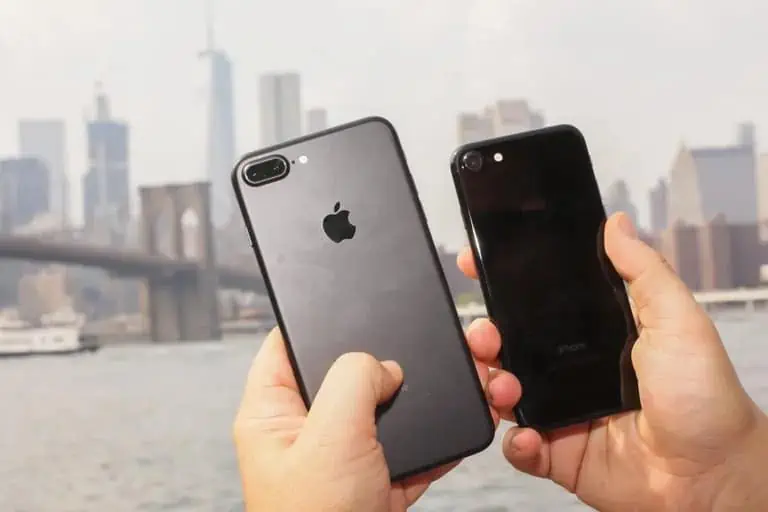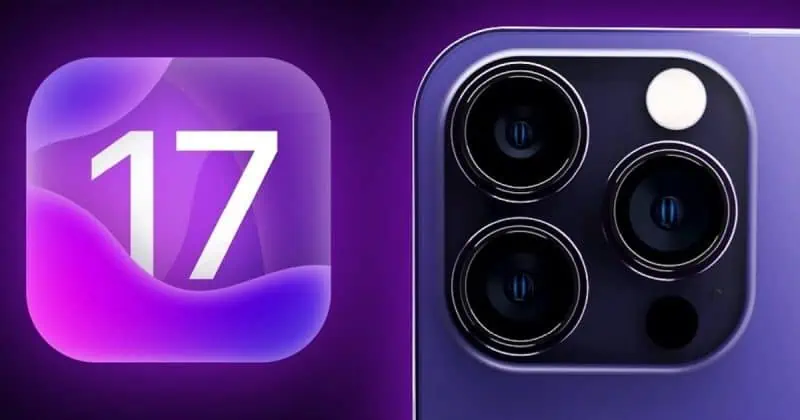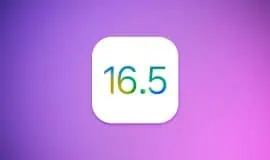Anticipated to arrive in the coming months, Apple is gearing up to unveil iOS 17, a groundbreaking software update designed to transform the company’s first-party apps while elevating the overall user experience on the iPhones. Although Apple has yet to release any official details concerning iOS 17, we’ve managed to get our hands on some preliminary insights, which we’ve compiled below to give you a sneak peek at what this highly anticipated update may entail.
Furthermore, we couldn’t resist sharing our very own wish list of features and enhancements that we’re eager to see incorporated into the iOS 17 platform when it finally makes its grand entrance in September. As the rumor mill continues to churn out new information and reports, we’ll keep this article up-to-date with the freshest developments in the world of iOS 17.
iOS 17 Release Date
Anticipated to make its debut around mid-September, iOS 17 is slated to coincide with the much-awaited iPhone 15 launch. Prior to this, Apple will showcase iOS 17 at the World Wide Developer’s Conference (WWDC) in June. This year, WWDC 2023 is scheduled for June 5, when Apple plans to reveal the latest advancements in iOS, iPadOS, macOS, watchOS, and tvOS.
Following the WWDC event, Apple will roll out two beta versions of iOS 17 – a developer preview and a public build. Typically, the public beta becomes stable enough for daily phone usage about a month or two after the program’s initiation, providing users with an early opportunity to explore the new features and enhancements.
iOS 17 support
A MacRumors source with a credible history suggests that iOS 17 may not support iPhone 8, iPhone 8 Plus, and iPhone X. Additionally, iPadOS 17 might also exclude the first-generation iPad Pro (both 9.7-inch and 12.9-inch models) and the fifth-generation iPad. These six devices were launched between November 2015 and November 2017.
If this rumor holds true, it would mean that Apple’s next major software updates will no longer support almost all devices running on the A11 Bionic chip or older. However, the sixth- and seventh-generation iPad and the second-generation iPad Pro are expected to be exceptions.
Contrarily, another reliable leaker, who initially hinted at the iPhone 15 and iPhone 15 Plus featuring Apple’s Dynamic Island, has claimed that iOS 17 will be compatible with all iPhones capable of running iOS 16.
At this point, it’s unclear which iPhones will be supported by iOS 17. However, we are more inclined to believe the first rumor, as Apple typically discontinues support for older devices with each new iteration of iOS and iPadOS. For example, iOS 16 and iPadOS 16 dropped support for the iPhone 6s, iPhone 7, and iPad Air 2. Both the iPhone X and iPhone 8 are now five years old, which is generally the time for devices to face the end of software support.

Interestingly, if your iPhone is eligible for Apple’s upcoming update, it is likely to automatically download iOS 17. With the introduction of iOS 16.4, Apple added code that enables default iPhone updates, aiming to ensure that most users run the latest version of iOS.
iOS 17 Features
Regarding the features of iOS 17, it’s relatively safe to assume that we might not witness many significant additions, such as the lock screen or home screen widget enhancements that accompanied previous releases.
Nonetheless, despite Bloomberg’s Mark Gurman previously reporting that the development of Apple’s VR headset would result in “fewer major changes” for iOS 17, the experienced Apple analyst has since stated that the forthcoming update will, in fact, deliver a number of users’ “most requested features.” This suggests that although iOS 17 may not introduce drastic overhauls, it will still cater to the needs and wants of the Apple community, making it a valuable and exciting update.
Gurman points out that iOS 17 is unlikely to bring about any major revamps to the user experience on top-tier iPhones, as Apple has already addressed many of the highly desired features in recent years, such as personalized iOS lock screens and custom keyboards. Instead, iOS 17 is expected to focus on significant updates to existing iPhone features and apps, including CarPlay, Siri, and Messages.
Gurman further mentioned that he anticipates Apple will incorporate app sideloading into iOS 17. This development is likely in response to the EU regulations adopted in 2022, with a compliance deadline set for tech companies by March 2024. In essence, these regulations mandate platform owners like Apple to allow app installations from third-party app stores and websites. Similar to the adoption of USB-C, Apple had no choice but to comply with these requirements. Consequently, iOS 17 may see the introduction of app sideloading as a significant change in the Apple ecosystem.
The latest information comes from Twitter user analyst941, who asserts that the main features of the upcoming update will revolve around “performance, efficiency, stability, and long-term support for older devices.”
As per analyst941, the new features currently in development include:
- Additional settings for the Always-On Display
- “Changes and additional options” for notifications
- Custom Accessibility Mode
- Car Key “improvements” and “more car implementations into the Wallet app”
- UI changes to the Health app, including changes to the “Favorites” interface
- “An absolute behemoth of ARKit API’s/frameworks”
- “The Dynamic Island will do a lot more”
- “Camera app changes; these were initially planned for the iPhone 14 Pro release, and MAY only be implemented into iPhone 15’s OS, rather than all iOS 17 devices”
- “Active widgets” that will “bring one-tap buttons, sliders, and more” to help make widgets more “dynamic”
We’ll see what iOS will bring to the table in terms of features and updates, it’s clear that Apple will focus more on improvements to their existing features rather than new changes.














